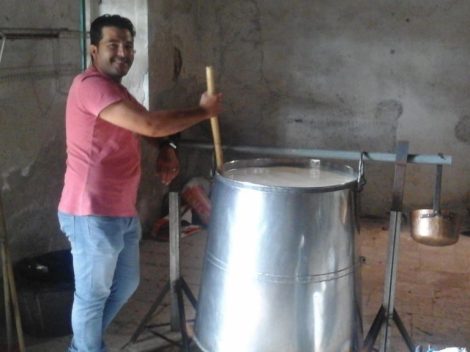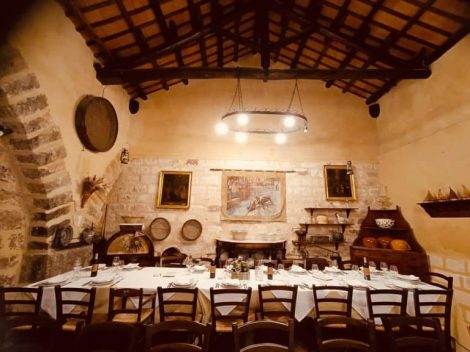Leaving behind the feast of delicacies and year-end celebrations including good intentions and resolutions that occupy the first days of January, it's now time to take stock of the situation by focusing on what will dominate the gastronomic scene of 2022, also in light of what happened in the last few months, which we talked about and that we think were the most interesting. Of course, the Covid factor - which these days takes the name of Omicron - continues to shuffle the cards while maintaining a high level of uncertainty. But despite everything, trends are always there, ready to be intercepted. We had already talked about some of them, according to a Whole Foods survey and forecasts based on the comparison with experts and international buyers who focus on certain foods - among others yuzu, sunflower seeds, turmeric - but also beverages, with the advance alcohol-free and functional soft drinks, and practises such as ultra-urban agriculture or reducitarianism.
International 2022 trends: food as a vehicle of values
British company Innova Market Insights, which in its market surveys processes data from different countries to draw up the next food trends, identified some key terms on which the game of the gastronomic markets is played: transparency, ethics, reliability are key elements in a world struck hard in the realm of certainties, which tries to reconstruct a new identity on the basis of a system of values and an approach in harmony with nature and the people. The future of the planet, the well-being of individuals and the community are central and no longer exempted, and consumers - who are increasingly aware - demand clarity and clean labels, easy and verifiable information also in regard to Green credentials. It is no longer enough to declare oneself proper and sustainable, in short, one must also say in what way and how much. Also since - and this is another of the intercepted trends - food becomes bearer of concepts like ethics and sustainability, not only environmental and food-related, but also social, cultural, human. We are therefore looking for a food that responds to our values and we ask for an ever greater involvement through digital channels and the real world. Help comes from technology - another top trend of 2022 - applied both to the production process and to the dynamics of finding and consuming food, and - therefore - to communication.
Food trends 2022 include tradition and grand experiences
As far as purchases and expenses, the winning ticket will be for those able to meet new consumption habits and new needs born within the lockdown and the pandemic. An example of this is dark kitchens and all day dining, but also home meal kits that meet the needs of smart workers with boxes of pre-measured ingredients for tasty and balanced meals that are also quick. In short: restrictions can become opportunities. Attention towards health and well-being will be increasingly in pole position and consequently demand for genuine, fresh, local products with a short or very short supply chain will continue to grow, also thanks to the success of farmer's markets or the entry into large-scale distribution networks of small producers. Above all the impact of the lockdown has led to the rediscovery of home cooking. The fact that sometimes authenticity is only a label resulting from a marketing operation, is another thing... The appeal of products made from waste, reuse and/or recycled materials will also continue to grow, in line with green sensibility based on 3 Rs: recycle, reuse, re-employ. So let's expect vegetable peel chips, scrubs made with coffee scraps, and so on. If on the one hand there is a greater desire for comfort food, with the rediscovery of classic cuisine, made of long preparations, heavy on tradition, on the other is the desire to dare and live a unique experience, even in consumer products: therefore, special edition products will continue to be successful (and in this case, a brand like Magnum has led the way in large-scale retail products). Alongside this, but always with a view to reducing the impact on the planet, a further growth of vegetable meat alternatives (think Beyond Burger) is expected, increasingly elaborate, refined, credible, now part of the daily habits of many people. These will surely climb the pyramid of people's food interests.
Food consumption at home
The HelloFresh report (a company operating in the sector of home recipe boxes) dedicated to Food Trends & Innovation which involved 11,500 adults in 16 countries on past, current and future culinary and food habits highlights the shifts of the last decade, and the direction change occurred in the last two. In eating behaviours, 34% of respondents said they eat less at the restaurant and spend more time with their family seated at the table. The return to the kitchen is paired with greater food awareness that favours as much as possible a varied diet and fresh, sustainable and local ingredients. Plus also opening up to other ingredients and types of cuisine. As vegetarian and vegan diets are becoming increasingly popular, less so are the niche ones.
Food trends 2022 in Italy
And what about Italy? The Fork (online booking platform that connects almost 60,000 restaurants in 12 different countries) provides information on the future of food, testifying to the year 2021 that in Italy registered an increase in bookings compared to the previous year, which however - it must be remembered - was marred by the appearance of Covid. Despite everything and thanks to new safety measures, vaccines and green passes in the first place, it was possible to return to restaurants, even if habits and lifestyles are no longer the same. Italy is substantially convergent with international trends, with the rediscovery of ancient products, cuisines, ingredients and values of the past to testify the desire to find comfort and safety at the table. A look to the future of the planet transforms the kitchen into a laboratory of applied sustainability: waste reduction, urban crops, plant-based products - what we previously called veg alternatives to meat - sustainable projects, and the reduction of meat in favour of the plant world, which weighs much less on the environment. A phenomenon that unites domestic and away-from-home consumption on all levels. Furthermore, certifications are required that certify the quality of the food offered, and always with an eye to reconciling health and fine food, seeking an alternative to alcohol and a more responsible attitude towards the table. In short, good is not enough, it must also be healthy. Technology lends a hand to the development of the sector, with things like 3D food printing, augmented reality and culinary NFTs, which can add value, emotion and knowledge to traditional gastronomic experiences.
Food trends 2022: sweet
In regard to the sweet sector, Treat Report, the now usual survey conducted by Baileys that interviews experts from all over the world, offers an in-depth look at the international habits and obsessions of the coming months. Even with the necessary differences, some of these fashions could also come to Italy, if not specifically, at least in the orientations they represent. Like one that establishes the return to traditional desserts and biscuits (the research mentions Snickerdoodles and Snowball aka Russian Tea Cake or Mexican Wedding Cake) in the original version or in delicious variations as in the case of Cremella (donut stuffed with ice cream and covered with topping) or hybrid preparations that meet savoury dishes (Sharing Sticks pretzel sticks or churros). Following this there are confectionery works of art, with incredible shapes, architectural sculptures or reproductions of wonders of nature, others that play all on bright colours (beets and purple corn can provide amazing results) or edible glitter. But for those who want a touch of simplicity, nuts come to the rescue, with walnuts dominating the scene again next year. And if you don't like pastry preparations, just a handful of nuts is enough for a healthy and energising snack.
Food trends 2022. All-round hospitality
From the simple hospitality point of view, we feel we can focus a lot on hotel restaurants, which are no longer old school, but not necessarily high profile: recent news and forecasts for the future speak of a pop, welcoming dining approach, as well as open spaces outside enjoyed at different times of day, including breakfast. There have been many recent openings and many future ones: 2022 will be the year of super hotels and designer hostels, with Rome going full speed to realign itself with the rest of the big cities, despite the sector suffering from the consequences of this prolonged state of restrictions - a few weeks ago the announcement of the closure of the Hotel Majestic in via Veneto, which sends home 47 employees. It's perhaps one of the most visible, but it's certainly not an isolated case. Double track, therefore, with regard to hospitality, especially in Rome: on the one hand, large investments by international hotel chains, luxury brands or affordable coolness, and on the other, crisis in a sector that is anxiously awaiting new government aid measures.

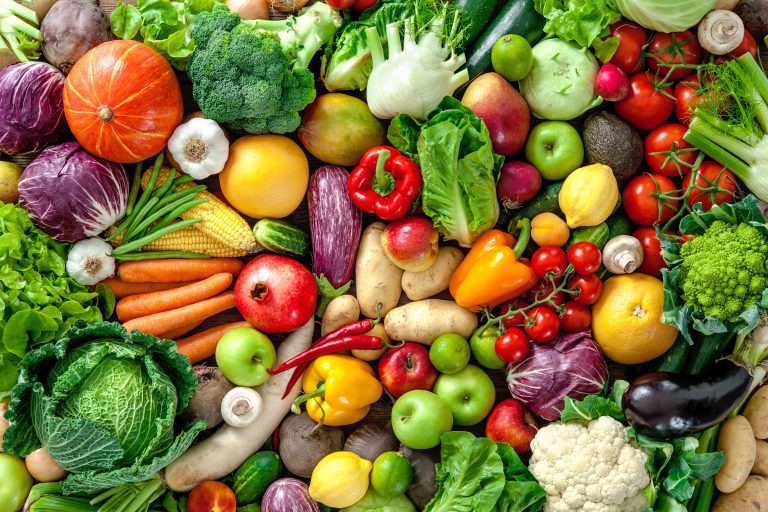
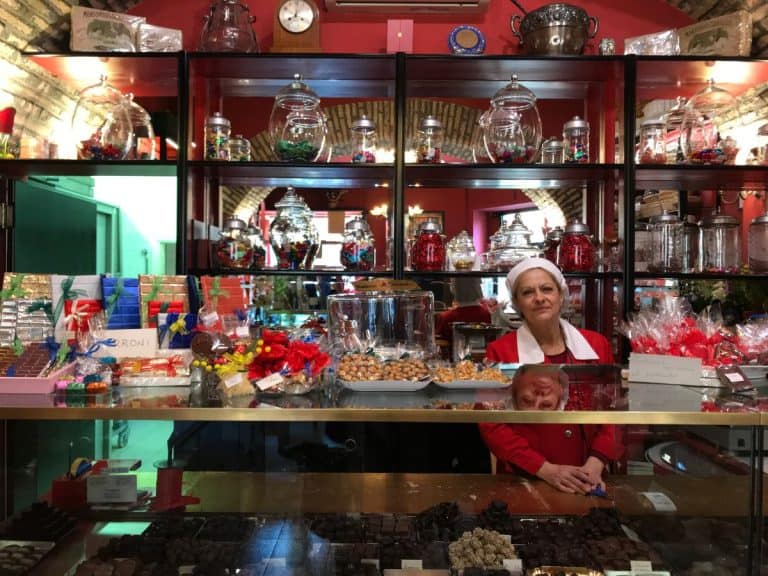 The ancient chocolate factory hidden in the alleys of Rome
The ancient chocolate factory hidden in the alleys of Rome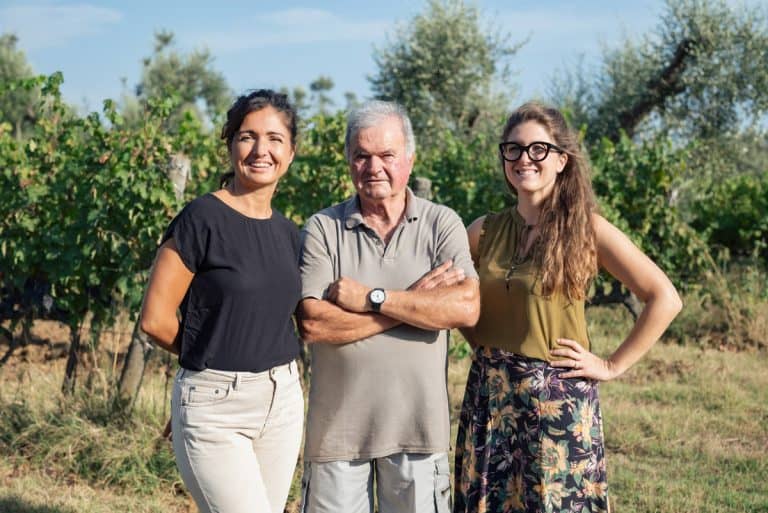 The two sisters carrying forward one of the first wineries to bet on Bolgheri
The two sisters carrying forward one of the first wineries to bet on Bolgheri Women are the best sommeliers. Here are the scientific studies
Women are the best sommeliers. Here are the scientific studies Burgundy’s resilience: growth in fine French wines despite a challenging vintage
Burgundy’s resilience: growth in fine French wines despite a challenging vintage Wine promotion, vineyard uprooting, and support for dealcoholised wines: the European Commission's historic compromise on viticulture
Wine promotion, vineyard uprooting, and support for dealcoholised wines: the European Commission's historic compromise on viticulture